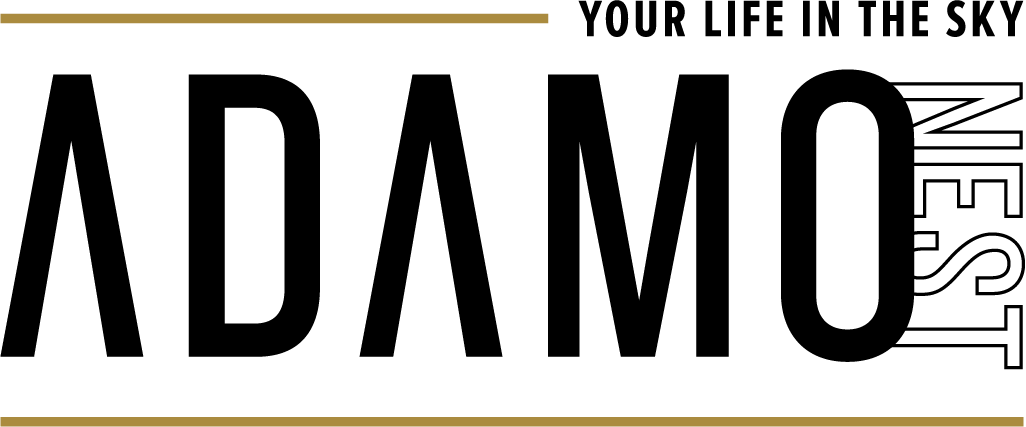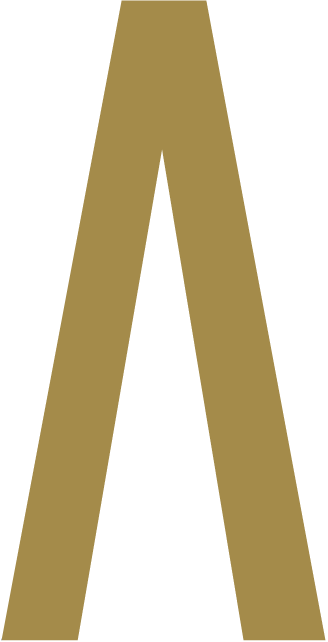Canada is one of the world’s leaders in recognizing Indigenous Peoples – the people who were here first – though we continue to require more education on their presence, rights, and contributions. In Canada, Indigenous Peoples include not only those of the First Nations, but also the Inuit and Métis. What we now celebrate each year on June 21 as National Indigenous Peoples Day has a storied history, including a decades-long struggle to be formally recognized.
Back in 1945, a group of chiefs from across Turtle Island (what we know as North America), led by Huron chief Jules Sioui, proclaimed the first “Indian Day.” This occasion was not adopted outside of native circles. In 1982, the National Indian Brotherhood called for a National Aboriginal Solidarity Day on June 21, but it wasn’t until 1995 when the newly formed Royal Commission on Aboriginal Peoples recommended a day of recognition be created. At long last, the first National Aboriginal Day was celebrated on June 21, 1996.
This new day of recognition kept its name until just three years ago when it was changed by the Trudeau government, in co-operation with First Nations National Chief Perry Bellegarde, to “National Indigenous Peoples Day.” The day is considered a statutory holiday in the Northwest Territories and the Yukon, but not in the rest of Canada.
The truth is nobody can own anything. That was an unheard-of concept among indigenous people. We invented that.
TOM SHADYAC
The ultimate aim of this day is to promote a better appreciation of the rights and contributions of Indigenous Peoples, particularly with regard to cultural and ceremonial expression, language, education, identity, health, and employment.




